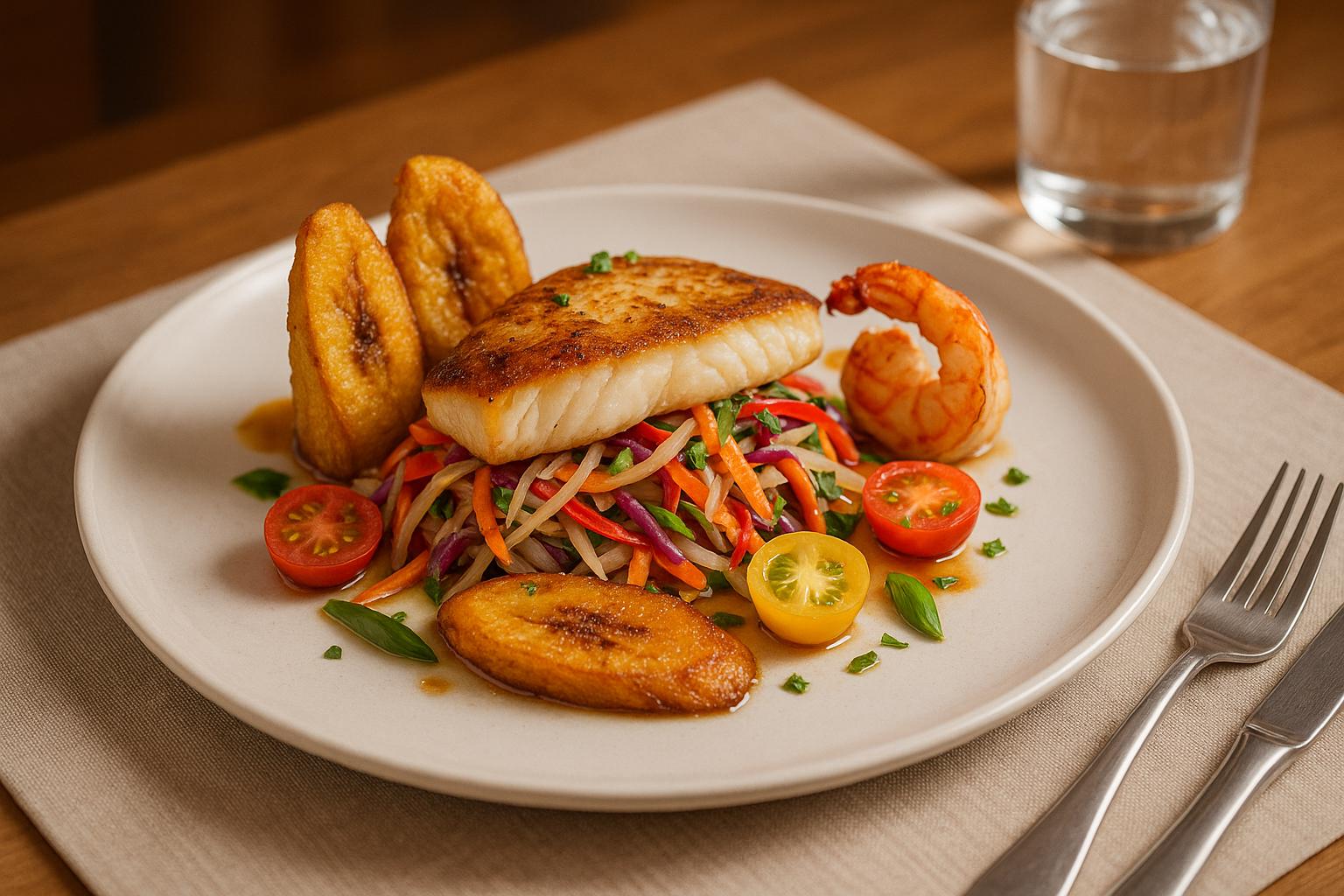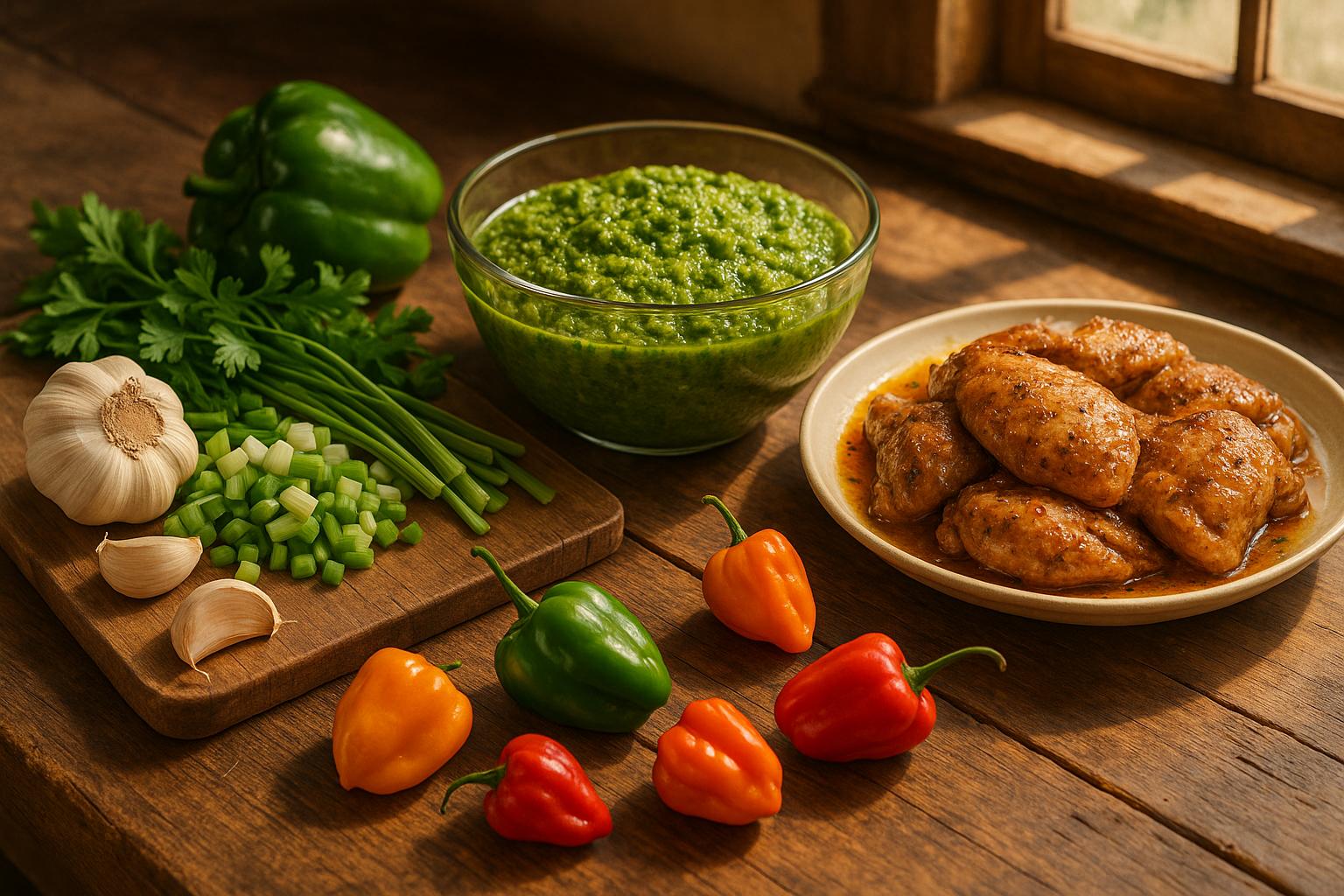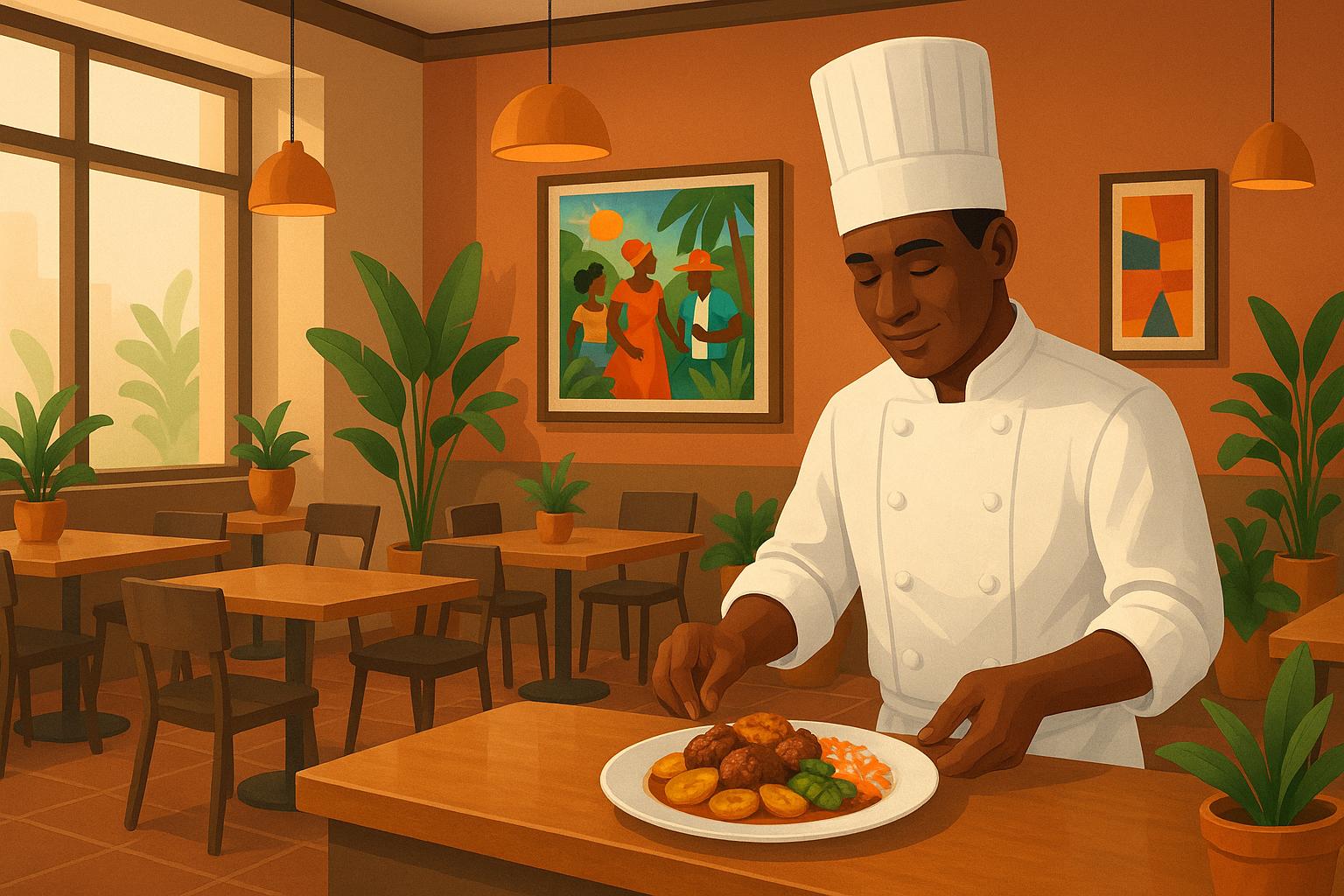Unlock Haitian Cuisine with Our Ingredient Converter
Haitian cooking is a vibrant celebration of bold spices, hearty starches, and tropical flair. But what happens when a recipe calls for an unfamiliar ingredient or a measurement you can’t quite nail down? That’s where a reliable tool for adapting Haitian recipes comes in handy. Whether you’re a home cook or a seasoned chef, navigating the unique components of dishes like griot or diri ak djon djon can be tricky without the right resources.
Adapt Recipes Without Losing Authenticity
Imagine trying to whip up a batch of banan peze, only to realize you’re out of green plantains. Or maybe you’ve got a recipe in cups, but your kitchen scale only reads grams. Our solution simplifies these hurdles by offering both substitutions and measurement tweaks tailored to Caribbean flavors. You’ll get practical suggestions, like swapping cassava for a more common root vegetable, along with tips to preserve the dish’s soul. No more guesswork—just straightforward guidance to keep your meals tasting like they came straight from Port-au-Prince.
Dive into Haitian cuisine today with a tool that makes every recipe approachable and delicious!
FAQs
Can this tool help if I don’t have a specific Haitian ingredient?
Absolutely! Our Haitian Ingredient Converter includes a database of common Haitian staples like cassava flour, plantains, or malanga, paired with accessible substitutes. For example, if you’re out of cassava flour, we might suggest all-purpose flour with a note that the texture could be denser. If your ingredient isn’t listed, we provide general tips—like looking for something with a similar starch content or flavor profile—to help you experiment confidently.
How accurate are the measurement conversions for Haitian recipes?
We’ve tailored our conversions to be as precise as possible, focusing on ingredients often used in Haitian cooking. Whether you’re switching from cups to grams or tablespoons to milliliters, the tool uses standard culinary conversions with slight tweaks based on ingredient density (think flour versus liquid). That said, always double-check with a scale for baking, as slight variations can happen depending on how you measure.
Will substituting ingredients change the taste of my Haitian dish?
It can, and we’re upfront about that. Haitian cuisine has unique flavors and textures, so swapping something like malanga for potato might make a dish less earthy or starchy. Our tool includes notes with every substitution, explaining potential differences—like a milder taste or firmer bite—so you can adjust spices or cooking times to get as close as possible to the real deal.


